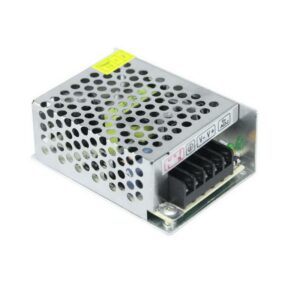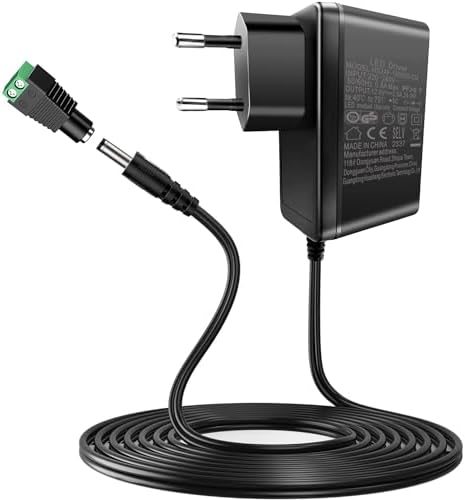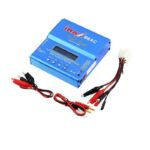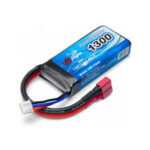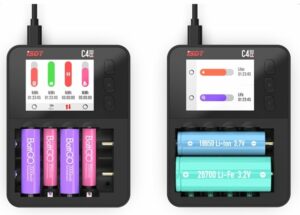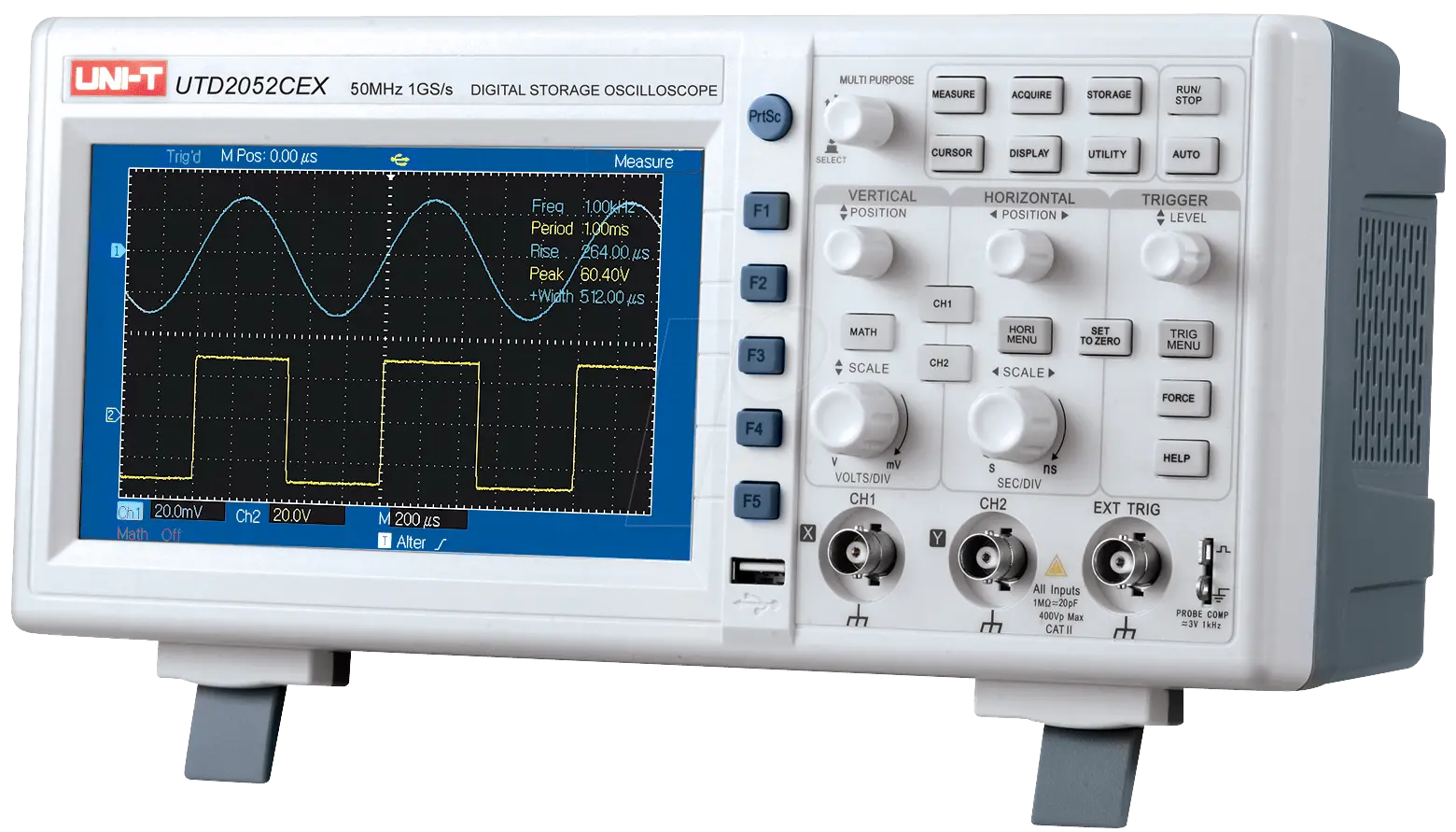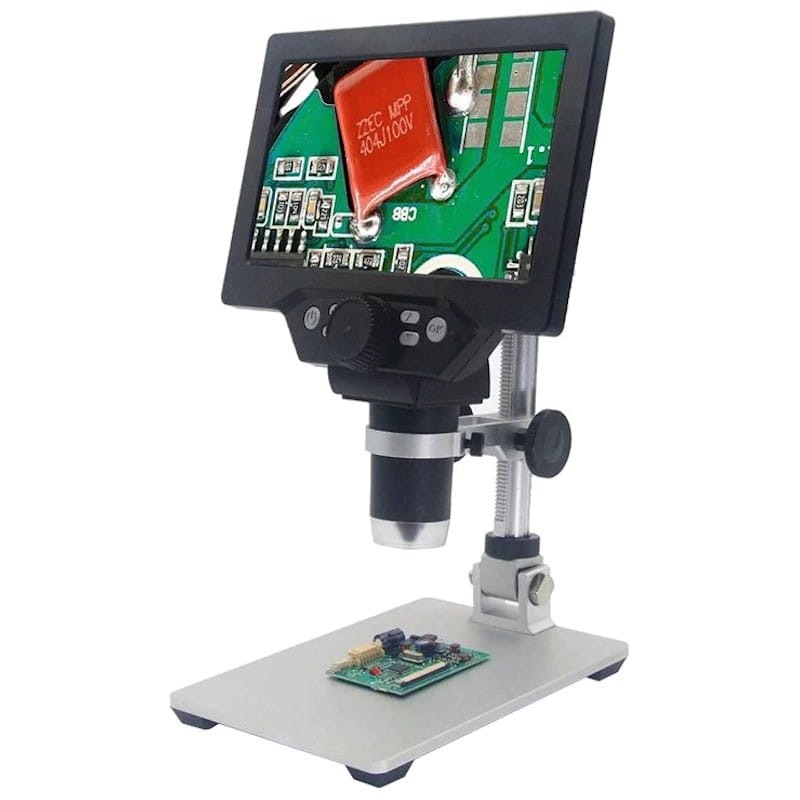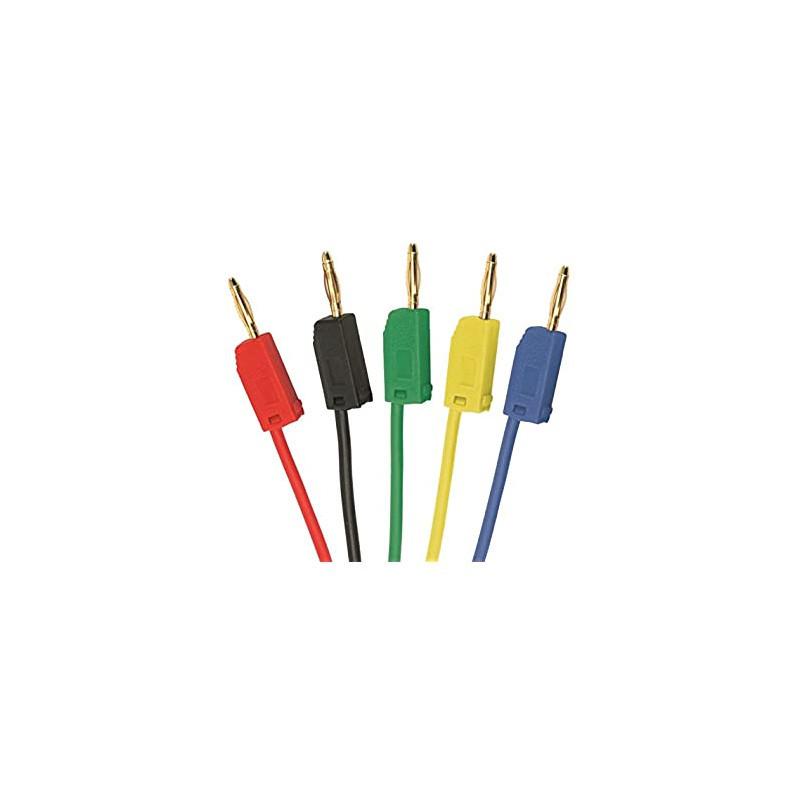Automated Market Maker What It Is, Examples, Fashions, Benefits Leave a comment
DEXs permit market participants to trade tokens with each other.AMMs are digital market members inside DEXs that constantly offer token exchanges at stated bid/ask prices. DEXs can use several sorts of AMMs.AMMs usually handle a single liquidity pool for token exchanges. Whereas definitions may differ, automated market makers essentially enable the automated trading of cryptocurrencies by using an algorithm to find out trade costs. With a traditional market maker of patrons and sellers, for example Binance, trades occur instantly between events using an order e-book. In distinction, the automated market maker mannequin depends on sensible contracts.
Pros Of Automated Market Makers
Such AMMs have identified weaknesses for the aim of decentralized token trade. For example, as a end result of data in-expressiveness and volume independence, they can not modify token costs 41, 10. In addition, AMMs with constant-sum worth discovery may be depleted, making them unable to trade. MStable is the one AMM that used constant-sum value discovery until 2021 after they switched to constant-product-sum because of the weaknesses of constant-sum worth discovery 10. Financial techniques are social methods in which market individuals trade resources in the type of services and products.A prevalent form of economic system in modern occasions is the market financial system 26. In market economies, prices and production are determined by the interplay of provide and demand from all market individuals (e.g., producers, shoppers, traders, and traders) 27.
Yield farming includes the method of submitting property to earn incentives. When the Price-discovering Supply-sovereign AMM is designed, its owner (e.g., a software program developer) defines a provide https://www.xcritical.com/ curve for the issued token inside the worth discovery component. The provide curve is a mathematical operate describing the connection between circulating token supply to a token worth.
If the loss is bigger than the acquire obtained through Proof of personhood collecting trading charges, the liquidity provider would have been higher off simply HODLing the tokens. DEXs rely on a particular type of system referred to as automated market makers (AMMs) to facilitate trades in the absence of counterparties or intermediaries. The fantastic factor about DeFi is that when conducting a token swap on a decentralized crypto trade (DEX), customers by no means need a specific counterparty or middleman. Instead of relying on the normal buyers and sellers in a monetary market, AMMs hold the DeFi ecosystem liquid 24/7 by way of liquidity pools. Notably, solely high-net-worth individuals or corporations can assume the function of a liquidity supplier in conventional exchanges.
What’s A Market Maker?
When enough token pairs can be found on an trade, the AMM can commerce between any two of the tokens listed, even when the 2 tokens do not exist in the identical liquidity pool. This is how the primary decentralized exchanges on Ethereum operated, too. However their non-custodial nature suggests that every one order e-book operations have to run on-chain – and this significantly hindered trading. When DEXes first emerged, Ethereum couldn’t boast enough velocity and low fees to ensure a good consumer experience for order book-based DEXes. There is, however, more to remember of about AMMs and liquidity pools. You must keep in mind one factor else when providing liquidity to AMMs—impermanent loss.
First, they found out how to accumulate enough liquidity that DEXes have been lacking again in the day. Second, they managed to desert the cumbersome order e-book, making decentralized exchanges light-weight and speedy. A lot of change in the proportion may cause liquidity suppliers to be higher off holding tokens as an alternative of contributing to a pool. Market makers normally work with firms which have large resources and complicated strategies. Market makers at an order guide change similar to Binance allow you to get an excellent value and a decent bid-ask spread. On a blockchain, market makers decentralize the method and let essentially anyone create a market.
What’s Impermanent Loss?
Sure, Automated Market Makers (AMMs) in DeFi platforms like Uniswap allow decentralized market making. As A Substitute of conventional order books, AMMs use liquidity pools and good contracts to facilitate buying and selling without intermediaries. Liquidity pools combine the funds deposited by LPs for users of AMMs to commerce against. An LP may present one ETH to a Uniswap liquidity pool, along with £3,000 price of the USDC stablecoin.
This can emphasize some great advantages of every model while minimizing the disadvantages. For instance, a mix of CPMM and CSMM ensures infinite liquidity while reducing price slippage dangers. The decentralized nature of the operation of Automated Market Makers makes it difficult to honor some of the regulatory standards such as Know Your Customer or Anti-Money Laundering. The AMMs additionally benefit the liquidity supplier, as they get a fraction of the charges paid on transactions within the pool. DODO is an instance of a decentralized buying and selling protocol that makes use of external value feeds for its AMM. To date, DODO has facilitated a trading amms meaning quantity of greater than $120 billion.
- Right Now, the know-how has advanced far beyond this, and has realised numerous different advantages.
- AMMs could be open to all tokens and allow arbitrary token buying and selling pairs.
- Market makers provide liquidity by putting buy and promote orders, whereas market takers execute trades by matching current orders.
- If you’re solely taking a look at liquidity provisioning as a use case, platforms like Cure Finance and Uniswap are the ones to focus on.
- Trades of market individuals with the AMM set off state transitions.The value discovery and price determination components calculate the amount of tokens the market participant will receive in return for the provided amount of tokens.
Right Here, x represents the worth of Asset A, y denotes the value of Asset B, while k is a continuing. The market making space has matured considerably, with newer protocols like Uniswap V4 and Curve V2 leading the market. Additionally, ZK-Rollups and Optimistic Rollups have turn into the go-to scaling options, with many AMMs transitioning to those rollups for improved effectivity and lower costs. These AMMs are good at aggregative liquidity from diverse DeFi protocols. There are a couple of AMMs that permit you to commerce specific situations and even bet on particular event-related outcomes.
Typically, the price discovery element is part of the AMM and uses parameters of the parameter component for value discovery. The preliminary token value is handed to the value determination component. Liquidity pools are pots of cryptocurrency belongings lent to the protocol by liquidity providers. To understand automated market makers, it can be helpful to take a look at traditional market makers first.
The increase in liquidity is directly proportional to the benefit of buying and selling. Similarly, low liquidity can gasoline up the volatility in the market by altering the price of assets. Automated Market Makers (AMM) are considered an integral a part of the cryptocurrency world by some. This is because AMMs help decentralisation, which is taken into account to be one of many basic ideas of cryptocurrency. This value change is referred to as the ‘slippage.’ Given that AMM pricing algorithms rely on asset ratios inside a pool, they are often prone to such slippage.


